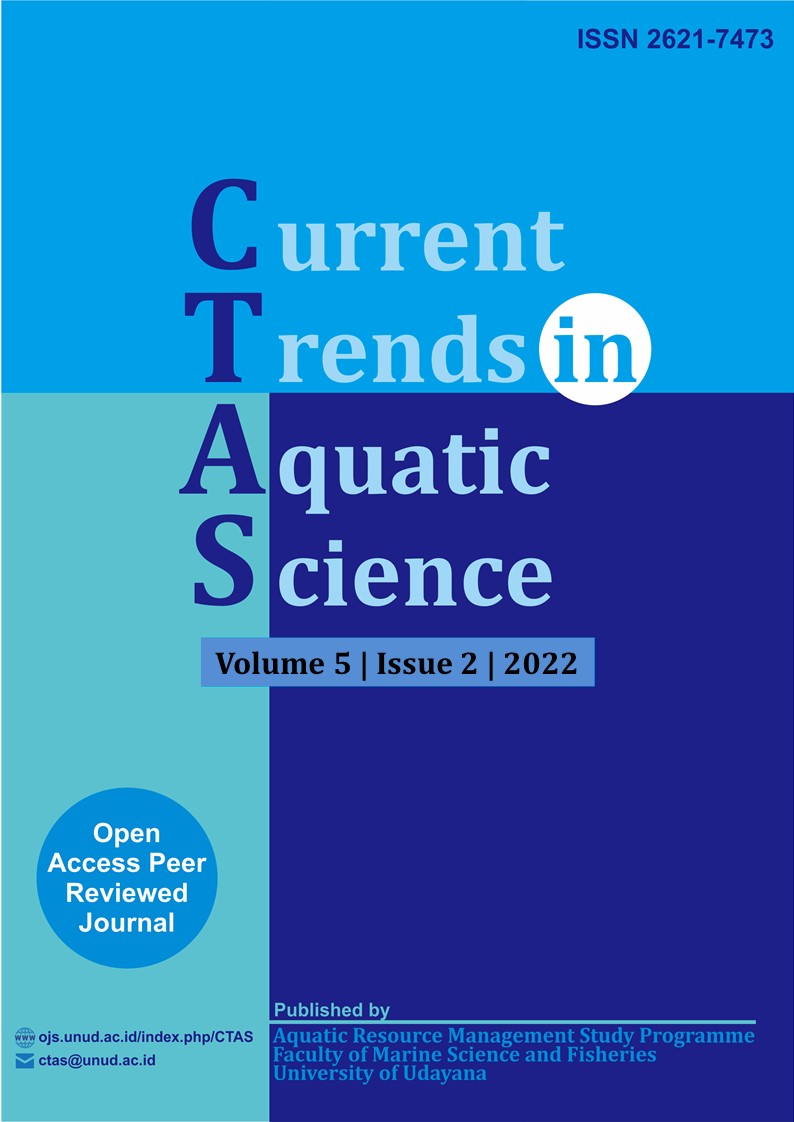Pengaruh Penggunaan Substrat yang Berbeda terhadap Tingkat Keberhasilan Pemijahan Ikan Pelangi Boesemani (Melanotaenia Boesemani)
Abstract
boesemani Rainbow fish (Melanotaenia boesemani) is one of the endemic freshwater ornamental fish species originating from Papua which has economic value. Rainbow fish cultivation techniques have now developed but there are not many publications so it is necessary to study the cultivation process, especially the hatchery stage. The research was conducted in August-October 2018 at the Ornamental Fish Cultivation Research Institute (BRBIH), Depok, West Java. This study aims to determine the effect of using different substrates on the rate of fertilization and hatching of Boesemani Rainbow Fish eggs. Data were collected by spawning male and female sires that had matured gonads 15 times with 3 treatments and 3 repetitions. The substrates used as media were treatment A (raffia rope), treatment B (palm fiber), and treatment C (apu-apu water plant). Water quality measurements include temperature, pH, DO. The data analysis technique used is the analysis of variance (ANOVA). Based on the measurement results, the total number of eggs with treatment A was 709 pieces, treatment B was 771 pieces, and Treatment C was 511 pieces. The highest percentage of fertilization rate was found in treatment B (98.4%±0.7). The highest percentage of hatching rate was found in treatment A (90.8%±5.6). The results of the analysis showed that the use of different substrates did not significantly affect the rate of fertilization and hatching of Boesemani Rainbow Fish eggs.


